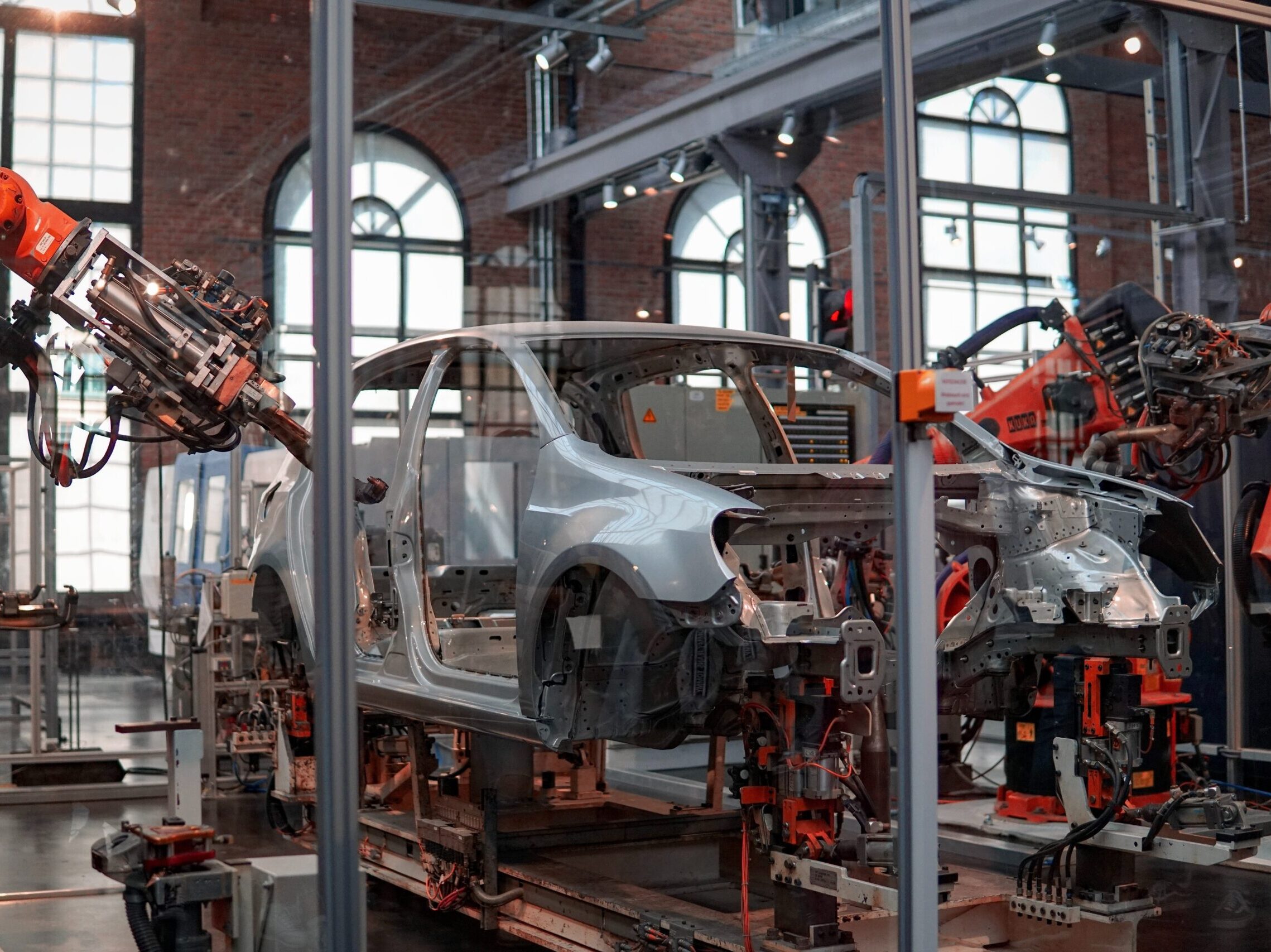10/2/2023
On September 15, 2023, the United Automobile Workers (UAW) union began strikes at the Big Three auto companies: Ford, General Motors, and Stellantis (formally Chrysler). Since then, the union has escalated the strike twice, recently rallying 7,000 additional workers to join, bringing the total to 25,000 UAW employees on the picket line. As negotiations go back and forth, one talking point is causing concern on both sides: electric vehicles.
The UAW was founded in 1935 and has a long history of fighting for economic and social justice. The organization has actively fought to pass legislation surrounding civil rights, anti-discrimination, Medicare and Medicaid, as well as worker’s rights. They are no strangers to the bargaining table, having bargained for job and income security, training and educational programs, cost-of-living allowances, and winning the first employer-paid health insurance plan for industrial workers. So, what demands are the UAW making? A return of pensions, cost-of-living increases, job security, and a 36 percent wage increase over four years. The UAW cites automaker CEO pay raises as justification for these demands; Collectively, the three CEOs earned nearly $72 million in total compensation in 2022.
Electric vehicles are adding a layer of complexity to negotiations over UAW demands. Both sides agree that electric vehicle production will continue to increase and that it will come at a cost. Government tax credits have incentivized automakers to allocate billions of dollars to producing EVs. Though this is sure to bring in future profits, companies claim the high cost of this transition is why they simply cannot meet the union’s demands. On the other side of the bargaining table, auto workers are not only concerned about whether their demands will be met but also about whether there will soon be enough work to go around. Despite $18 billion in profits last year and announcing record profits since, Stellantis recently closed a plant in Illinois, laying off 1,300 employees. The company says the EV transition is to blame. Another concern for workers is that EV powertrains are mechanically simpler to build than combustion engines. Ford’s CEO Jim Farley stated EVs will require 40 percent less labor to build. Union workers are concerned that this could lead to automakers cutting costs by cutting jobs.
Since EV competitors are not on the picket line, getting union members back to work is certainly in the best interest of the Big Three. Tesla currently controls 60 percent of the EV market; a lead that is more likely to grow as the UAW strikes continue. Because Tesla does not use union labor, the company will continue to produce vehicles while the Big Three and UAW are at odds. So, it seems that meeting the UAW’s demands may be more beneficial for the Big Three than they are letting on. Yet, tensions remain high. Ford’s CEO stated that the UAW is “holding the deal hostage over battery plants”, referencing the UAW’s wage demands for battery plant employees. New EV battery plants are set to create many jobs, with $73 billion in planned projects announced in 2022 alone. The UAW wants to ensure that battery plant employees receive the same top wages as assembly workers, likely in anticipation of potential job cuts that will come with the EV transition.
With cost-cutting opportunities and new EV sales on the horizon, the Big Three’s transition to EV production is not likely to keep them in the red for long. According to a new poll, 78 percent of Americans support the UAW in their fight against the Big Three. This suggests that using the EV transition to refuse UAW demands does not appear to be winning these companies very much support.

